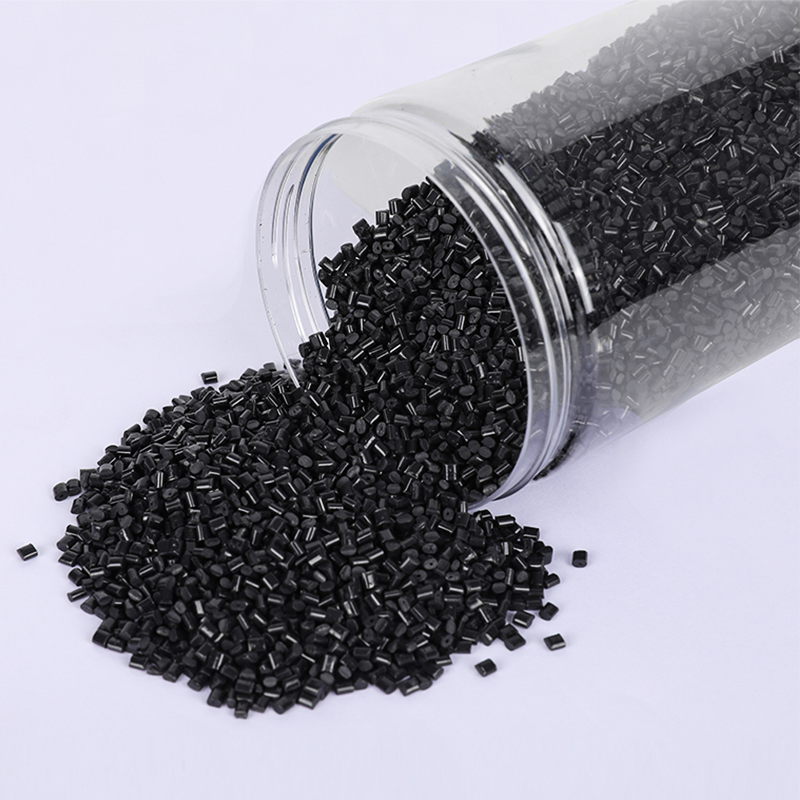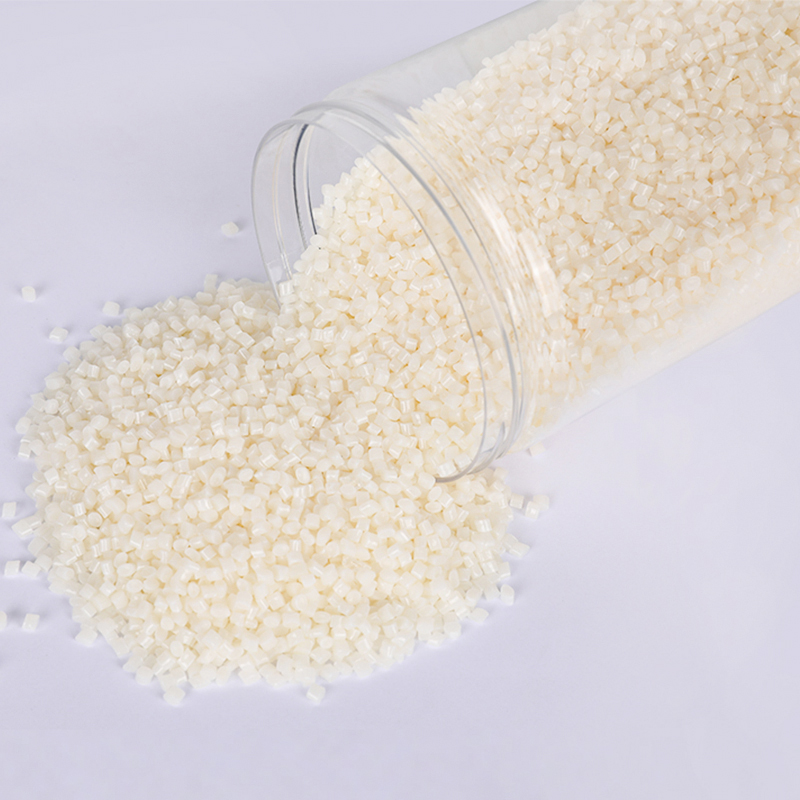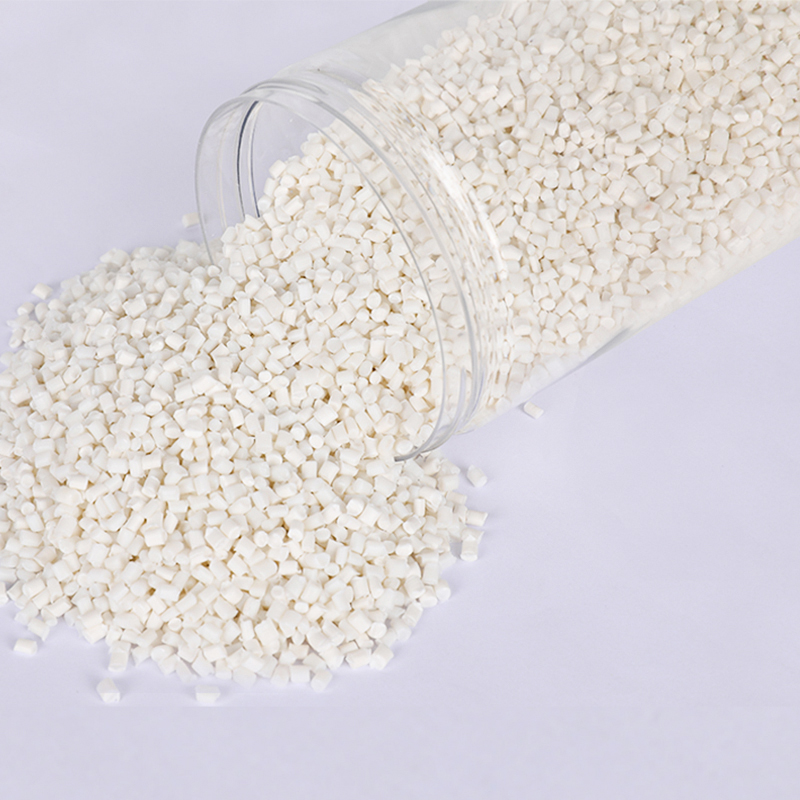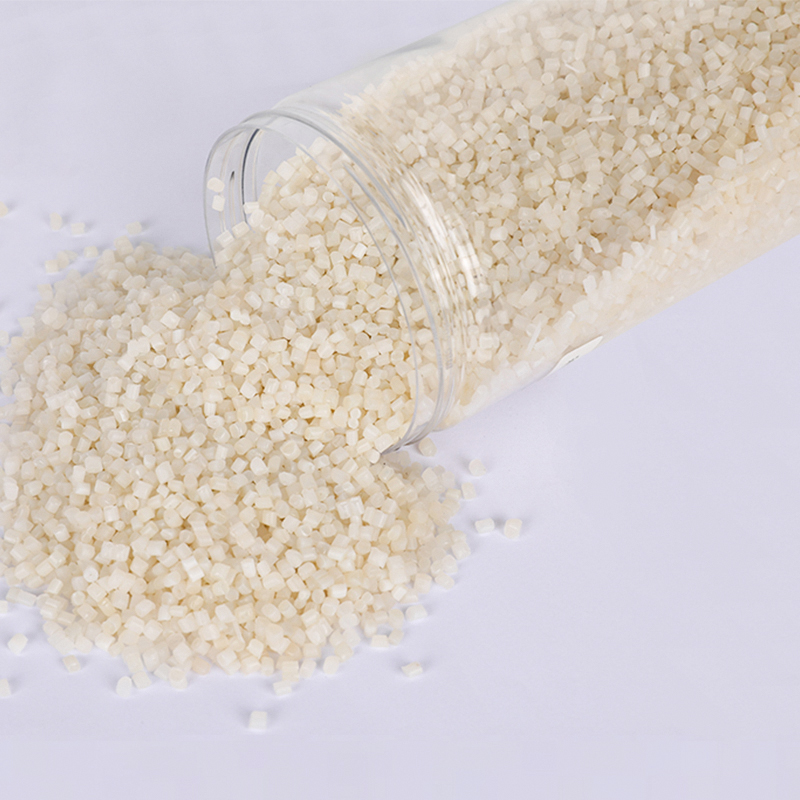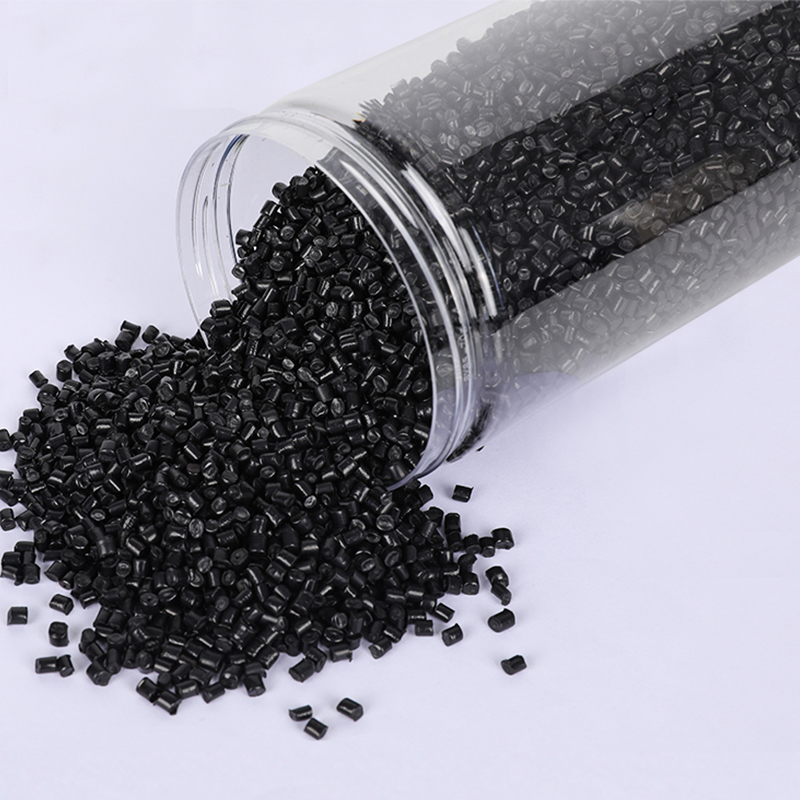Stay up to date with our recent products
Web Menu
Product Search
Exit Menu
From Waste to Resource: The Role of PCR Plastic in Reducing Landfill
Introduction: The Plastic Waste Crisis
Plastics are an essential part of modern life, used in everything from packaging to medical supplies, electronics, and transportation. However, their durability—while an asset in many ways—also means that they don’t break down easily in the environment. A staggering 300 million tons of plastic are produced every year, with a significant portion of this becoming waste that ends up in landfills or, worse, the ocean.
In fact, according to the EPA, plastics account for nearly 12% of all municipal solid waste in the U.S. This statistic is alarming given the longevity of plastic waste. Some plastics can take up to 1,000 years to decompose. Enter Post-Consumer Recycled (PCR) Plastic—a game-changing solution to both reducing landfill waste and lowering the demand for virgin plastic production.
What is PCR Plastic?
Post-Consumer Recycled plastic refers to plastic that has been used by consumers and then collected, processed, and recycled to create new products. Unlike virgin plastic, which is made from petroleum, PCR plastic is derived from waste materials—mainly from discarded consumer products such as bottles, containers, and packaging. This waste is collected, cleaned, sorted, and then recycled into new products, creating a circular flow of material that keeps plastics in use rather than in landfills.
PCR plastic offers a significant advantage over traditional plastic because it makes use of existing materials, reducing the need for new plastic to be produced from scratch. But how exactly does it help reduce landfill waste?

The Recycling Process: Turning Waste into a Valuable Resource
The journey from waste to resource in the PCR process is far from simple. Here's how it works:
Collection and Sorting: Post-consumer plastic waste is collected from households, businesses, and public spaces. The waste is then sorted into different types of plastic, such as PET (Polyethylene Terephthalate), HDPE (High-Density Polyethylene), and others. The sorting process can be done manually or using automated systems that identify and separate plastic types.
Cleaning and Preparation: Once sorted, the plastic is thoroughly cleaned to remove any contaminants such as food residue, labels, and adhesives. This is a critical step, as contamination can affect the quality of the recycled plastic. The plastic is then shredded into smaller pieces, making it easier to process.
Recycling: The shredded plastic is then melted down and reformed into pellets, which can be used in the manufacturing of new products. Depending on the technology used, this step can either be mechanical (physical recycling) or chemical (breaking down the plastic into its chemical components for re-synthesis).
New Product Creation: These recycled plastic pellets can be used to create a variety of new products, including packaging materials, clothing, furniture, automotive parts, and more. The beauty of PCR plastic is that it can be continuously recycled into new products without losing much of its integrity, making it an integral part of the circular economy.
Environmental Benefits of PCR Plastic
Using PCR plastic offers several environmental advantages, especially when it comes to reducing landfill waste:
Reducing Landfill Waste: PCR plastic helps divert millions of tons of plastic waste from landfills each year. By reusing plastic that has already been produced, fewer plastic items end up in trash heaps or polluting the environment. This process helps significantly reduce the volume of waste that needs to be managed by landfills.
Lowering Carbon Footprint: Recycling plastic uses far less energy compared to producing virgin plastic from petroleum. For example, recycling one ton of PET plastic saves around 5,000 kilowatt-hours of electricity—enough to power a home for 150 days. By utilizing PCR plastic, manufacturers significantly reduce the greenhouse gas emissions associated with the production of new plastic.
Conserving Natural Resources: The production of virgin plastic is resource-intensive, relying heavily on fossil fuels. By substituting PCR plastic in place of virgin plastic, the demand for oil and natural gas as raw materials is reduced, contributing to the conservation of these finite resources.
Preventing Ocean Pollution: A significant percentage of plastic waste ends up in the ocean, where it harms marine life and ecosystems. By recycling plastic, we can reduce the amount of plastic that makes its way into our oceans, protecting wildlife and ensuring cleaner oceans.
PCR Plastic Across Key Industries
Packaging: The packaging industry is one of the biggest consumers of plastic. Companies are increasingly adopting PCR plastic for items like bottles, food containers, and plastic wraps. For example, Coca-Cola and Unilever have committed to using more PCR plastic in their packaging to reduce the environmental impact of their products. This shift not only helps reduce the amount of new plastic being produced but also sets a standard for other brands to follow.
Fashion and Textiles: The fashion industry, often criticized for its use of virgin plastic in clothing and accessories, has started to embrace PCR plastic as part of their sustainability efforts. Brands like Adidas and Patagonia are producing products made from recycled PET bottles, turning plastic waste into functional and fashionable products like jackets, shoes, and sportswear.
Electronics and Appliances: The electronics industry is another area where PCR plastic is gaining traction. By integrating recycled plastics into the production of consumer electronics like smartphones, laptops, and televisions, manufacturers can reduce the carbon footprint of these products. For example, Apple has used recycled plastics in the casings of some of their devices.
Automotive: The automotive sector is exploring PCR plastic for parts such as dashboards, door panels, and bumpers. Not only does this reduce the reliance on virgin plastic, but it also lowers the weight of vehicles, improving fuel efficiency.
Challenges and Barriers to Widespread Adoption
While PCR plastic presents numerous benefits, several challenges hinder its broader adoption:
Quality Control: One of the biggest concerns with PCR plastic is the potential degradation in quality after repeated recycling. Unlike virgin plastic, which is made from high-quality raw materials, PCR plastic may have a lower strength or appearance. However, technological advancements in recycling processes are continuously improving the quality and versatility of PCR materials.
Supply Chain Limitations: A consistent supply of high-quality PCR plastic can be difficult to secure. Sorting and cleaning plastics require extensive infrastructure, and the availability of recyclable materials can vary depending on region and waste collection systems.
Public Awareness and Education: Consumers may not always understand the importance of recycling or the role of PCR plastic in the circular economy. Raising awareness about the benefits of recycled products and the importance of proper waste disposal can help increase the demand for PCR products.
The Future of PCR Plastic: Advancements and Opportunities
The future of PCR plastic is promising, thanks to ongoing technological innovations and increased global demand for sustainable practices. Some key advancements include:
Chemical Recycling: Unlike traditional mechanical recycling, which can only be used to create products of similar quality, chemical recycling breaks plastics down into their monomers, allowing them to be re-synthesized into higher-quality plastic. This method could unlock the potential for endless recycling cycles.
Improved Sorting Technologies: New AI-based sorting systems are improving the efficiency and accuracy of waste separation, ensuring that more plastic can be recycled effectively.
Government Regulations and Corporate Responsibility: With governments around the world enacting stricter regulations on plastic use, companies are incentivized to incorporate more recycled materials into their products. Extended producer responsibility (EPR) laws are also pushing manufacturers to take greater responsibility for the entire lifecycle of their products, from production to disposal.
Conclusion: The Path Forward
As we continue to face the consequences of plastic pollution, the role of PCR plastic becomes even more critical. By adopting PCR plastic at a larger scale, industries can not only reduce landfill waste but also contribute to a more sustainable future. However, for this to happen, it will require a concerted effort from governments, businesses, and consumers alike to improve recycling systems, develop better technologies, and raise awareness about the value of recycled materials.
By shifting towards a circular economy, where materials like PCR plastic are reused and recycled, we can move closer to a future where plastic waste is minimized, natural resources are conserved, and landfills are no longer overflowing with plastic debris.
As China PCR Recycled Plastic Granules Factory, We always adhere to the experience and philosophy of "keeping up with the times, constantly innovating, developing efficiently, and cooperating for mutual benefit"

Address: No.11, Wangzhuang Section, Provincial Road 01, Daqiao New Area, Economic Development Zone, Haiyan County, Jiaxing City, Zhejiang Province, China
Phone: +86-18058285678
Fax: +86-0573-86868101
E-mail: [email protected]
SUNRISE GROUP(Overseas Exclusive Agent)
www.sunrisechemical.com
2024 ICIS Global Chemical Distributor Top 8
Export Sales Manager:Helen Zhang
Mob/Whatsapp: +86 19883063465
Email: [email protected]
Copyright © Jiaxing Anyiju Plastic Industry Co., Ltd. All Rights Reserved

 简体中文
简体中文 English
English

